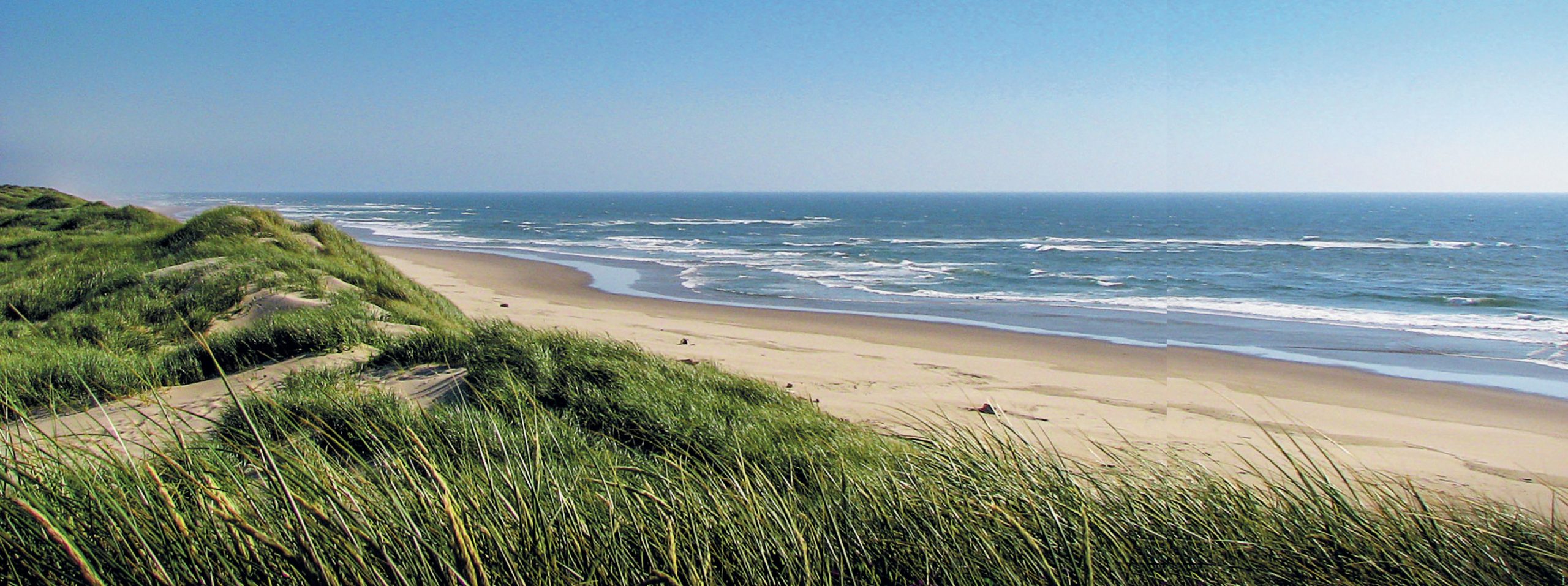
Sand dune systems are a natural part of the coastal landscape in many parts of the globe. Stretching inland from just above the high-tide limit, dunes provide a natural form of flood defence, but also constitute ecologically important habitats. Dune systems are threatened by energetic coastal storms and by the various human interactions within the dunes. However, because dune evolution is a complex interaction between physical processes and ecology, their management can be both difficult and controversial.
Coastal sand dune systems are large accumulations of wind-blown (aeolian) sand that exist at the interface between the marine (beach) and terrestrial environments. Therefore, we cannot study dunes in isolation but must consider the processes active within both of the environments that drive their evolution. It is important not to forget that humans have also influenced dune evolution, both directly and indirectly, so we must also study their impact. Geomorphologists have a specific way of thinking about and studying such environmental systems, which we call the ‘Geomorphological system’ (see Box 1). This is a concept that will be used throughout this article.
Your organisation does not have access to this article.
Sign up today to give your students the edge they need to achieve their best grades with subject expertise
Subscribe




